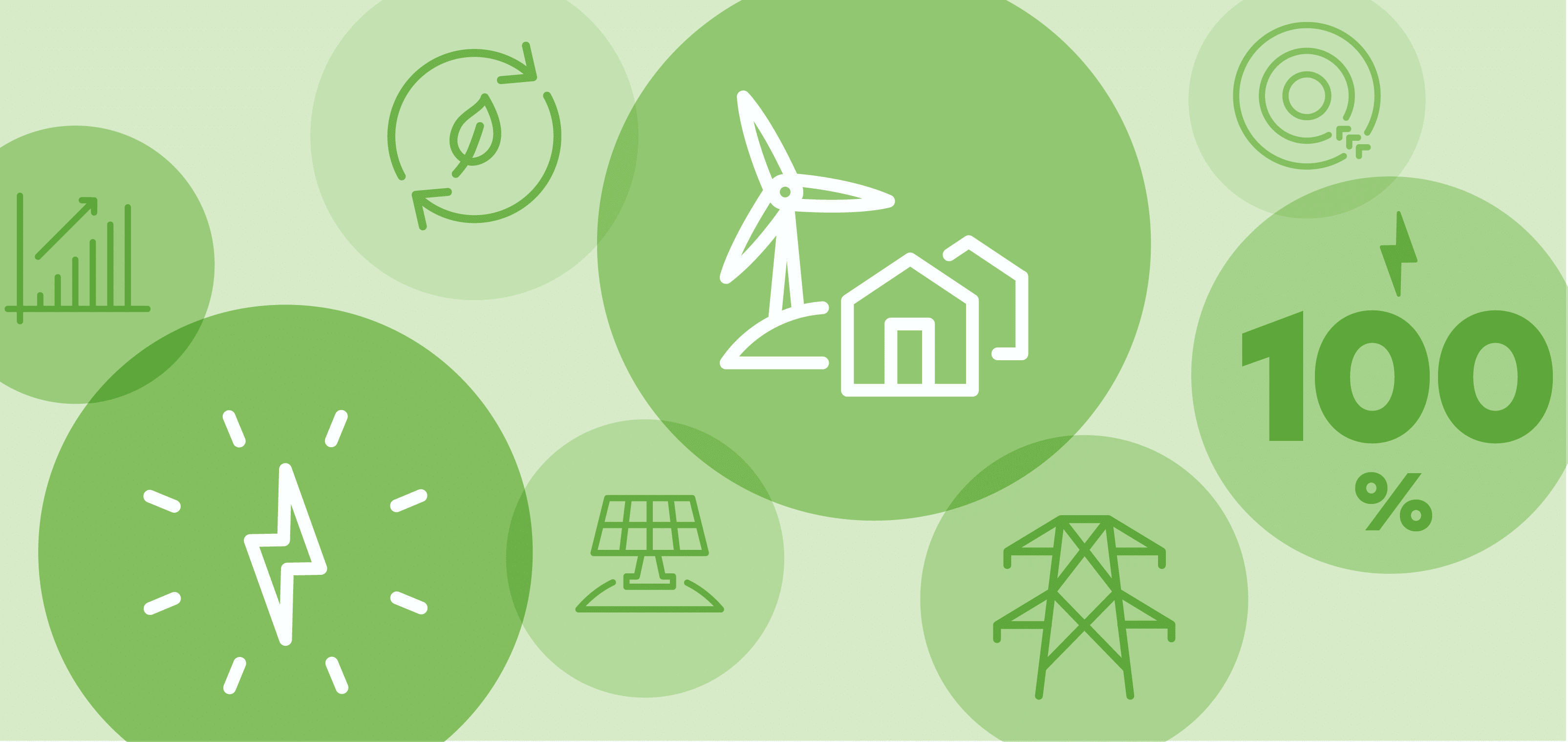
There’s a groundswell of utilities across the U.S. pursuing decarbonization targets. Seventeen large investor-owned utilities have now pledged to reach 100% clean electricity or net-zero emissions, on timelines of 30, 20, and even just 15 years from now. While this clean energy transformation is essential in the fight against climate change, it also represents an unprecedented challenge to the energy industry. Utilities are fundamentally shifting their business models, changing the nature of energy generation, storage, and delivery, and they’re on a deadline. Simply put, we’re embarking on what Deloitte recently called “an energy transition like no other.”
To be successful in the shift to a clean energy future, utility leaders need to be resourceful, taking an all-hands-on-deck approach and using every tool in their toolbox to its fullest extent in order to reach these ambitious targets.
One such tool is the voluntary renewable energy market, which has growing potential to help utilities decarbonize faster, and to do it in partnership with their customers.
Sustained growth in the voluntary renewable energy market
The voluntary market for renewable energy has grown steadily since it first emerged in the early 2000s. According to NREL’s annual reports, the overall voluntary renewable energy market has grown around 20 percent annually the last few years, and shows no signs of slowing. The portion of that market served by vertically integrated utilities has grown steadily too, as utilities have seen the value of offering renewable energy options to meet residential and commercial customer demand. And new utility program types continue to emerge and add capacity. Notably, there’s been significant growth recently spurring from the emergence of green tariffs. Total installed capacity serving green tariffs has grown at least 43% since 2018, according to June 2020 data from REBA.
Leading utilities in this space — those who offer high quality renewable programs across their customer segments — are seeing their voluntary renewable energy programs contribute five percent and even upwards of 10 percent of their total retail sales. As these programs contribute more to utilities’ total energy sales, executive leadership can begin to see voluntary renewable energy as a powerful tool in their decarbonization strategy.
Of course, utility voluntary renewable programs won’t deliver significant returns on carbon reduction targets unless they are thoughtfully designed and built to scale. The voluntary market’s contribution to utility targets will depend on the structure and magnitude of the utility’s overall decarbonization goal, as well as on the design of the voluntary programs themselves. But with an intentional approach, voluntary renewable energy programs can and should help advance a utility’s clean electricity and decarbonization goals.
Rethinking the voluntary market’s contribution to utility decarbonization
Using the voluntary market to advance utility decarbonization goals is a significant shift in the way these programs were historically designed and tracked. In the past, voluntary renewable energy programs were held separate from utility renewable energy targets. Renewable portfolio standards representing 10 or 20 percent of a utility’s overall mix were the primary driver for clean energy. And the simplest way to prevent cross-subsidization between legislated renewable energy requirements and voluntary programs was to treat the programs as entirely separate.
But utilities are in a new era today. Mandated targets are increasingly approaching 100 percent, and many more utilities are setting similarly ambitious targets on their own.
Policymakers are increasingly recognizing the role the voluntary market can play in a state’s path to achieving 100 percent clean energy, even explicitly carving out space for it. Similar thinking on the value of the voluntary market has led to creative program design that complements utility targets in many contexts. Utilities’ urgent need to decarbonize, coupled with the voluntary market’s growth, makes a compelling case for utility leaders to integrate their voluntary renewable energy programs into their clean energy plans.
So, what’s the best approach? There are multiple pathways for utilities with decarbonization targets to responsibly incorporate voluntary renewable energy programs into their plans, and they vary based on several factors, including the nature of the utility’s target, customer preferences, and program design requirements.
The team at 3Degrees is digging in, working on an in-depth report to help utilities align their voluntary programs to their clean energy targets. Sign up for our quarterly newsletter and we’ll send you the full white paper, Voluntary Renewable Energy Programs & Utility Decarbonization Targets, when it’s published later this year.
This article was originally published on Utility Dive.
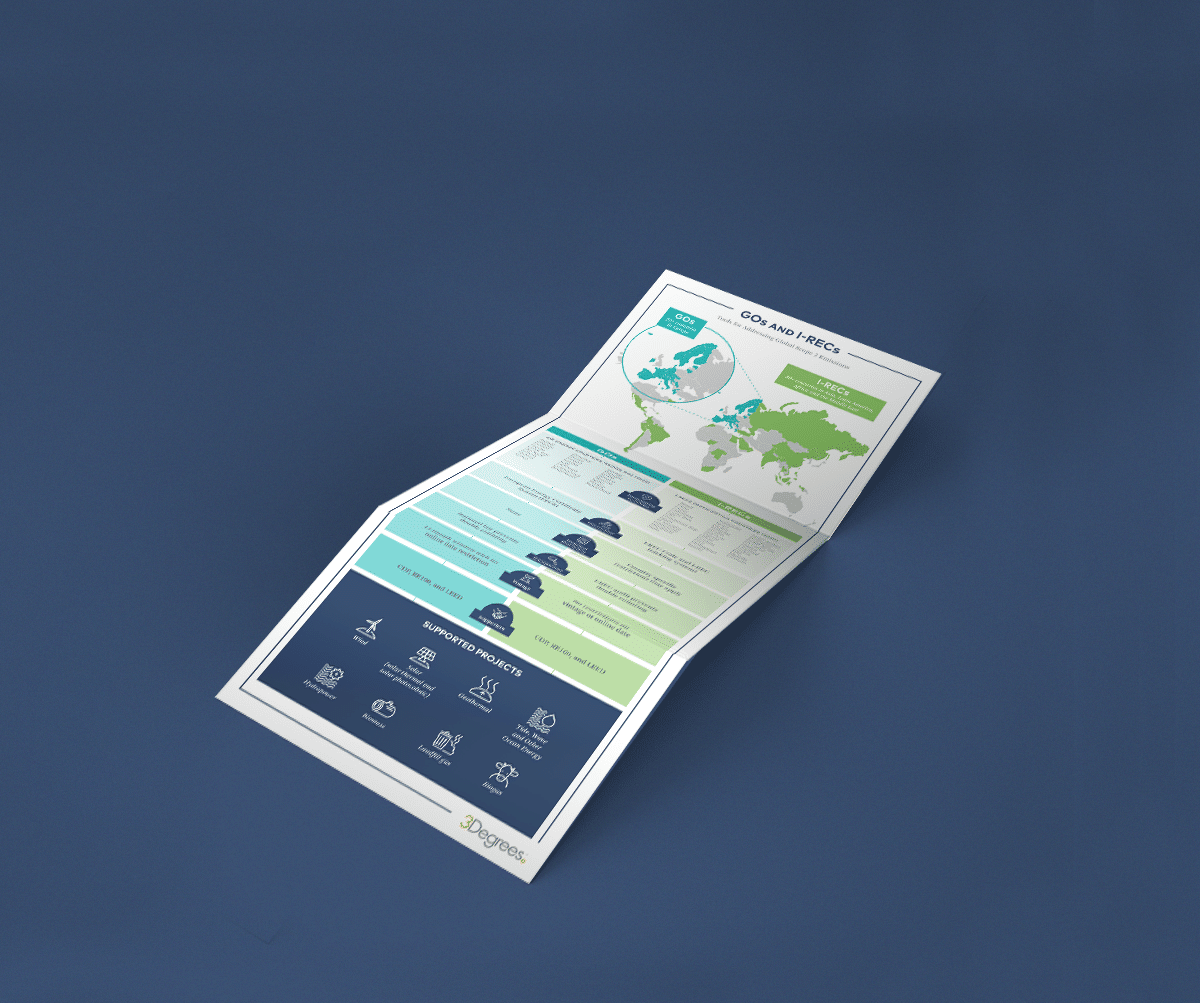
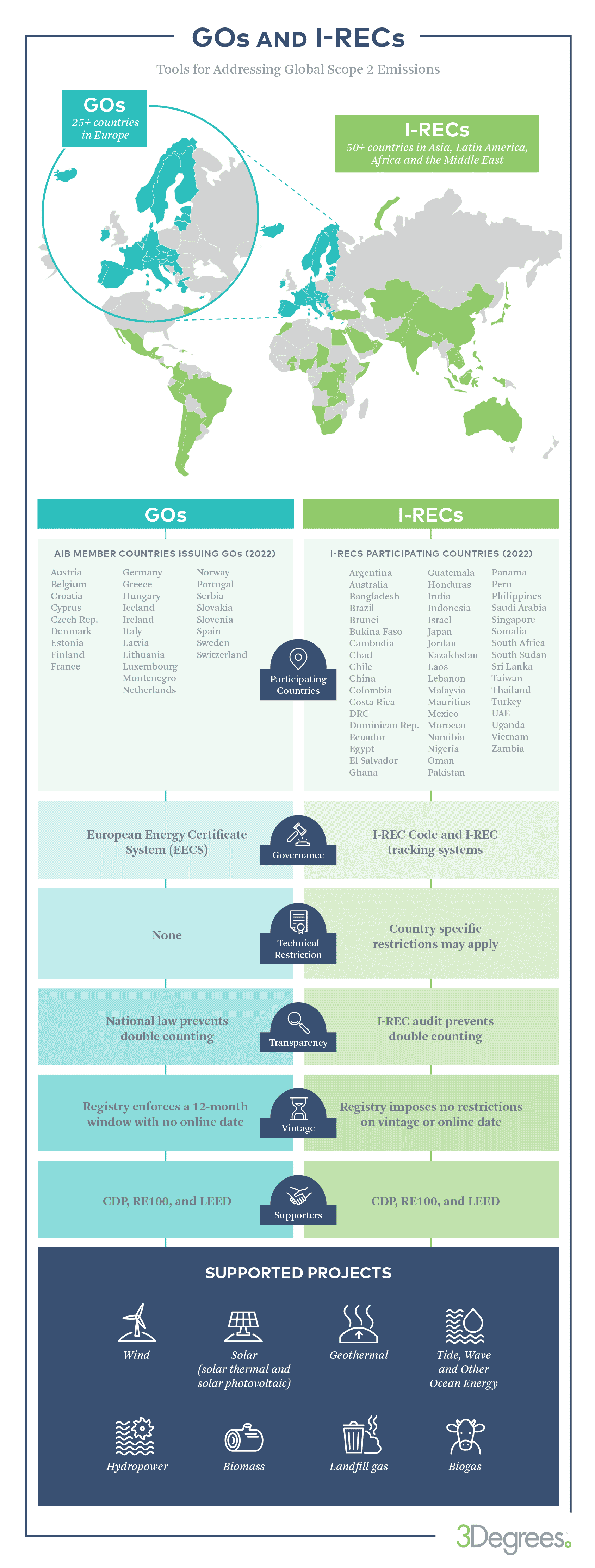


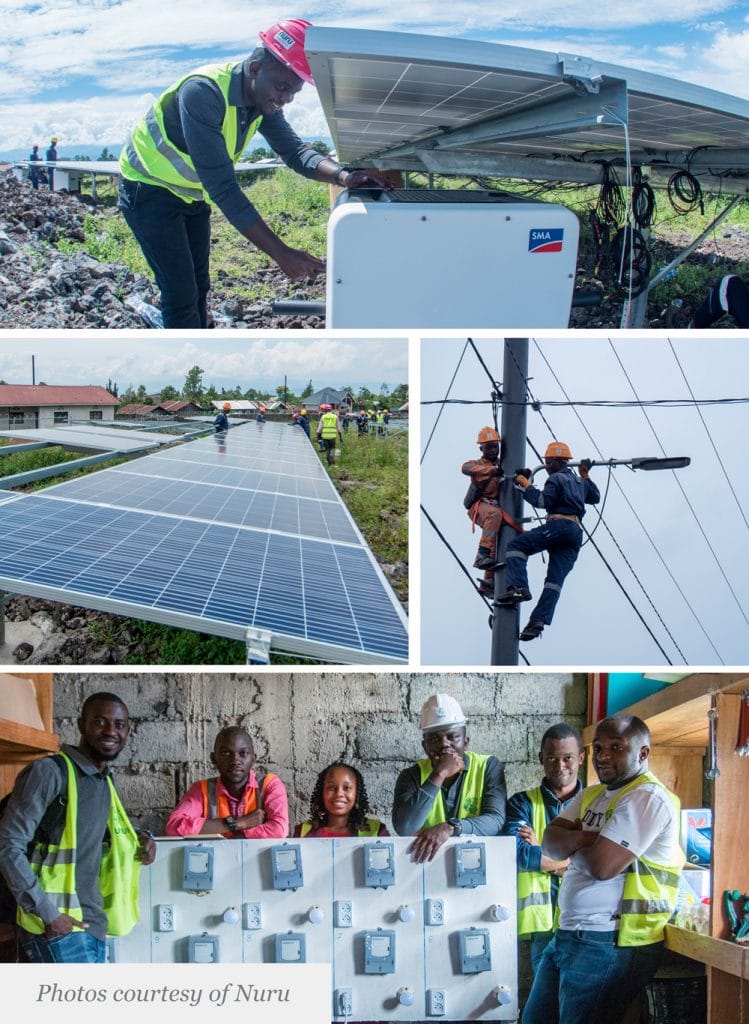

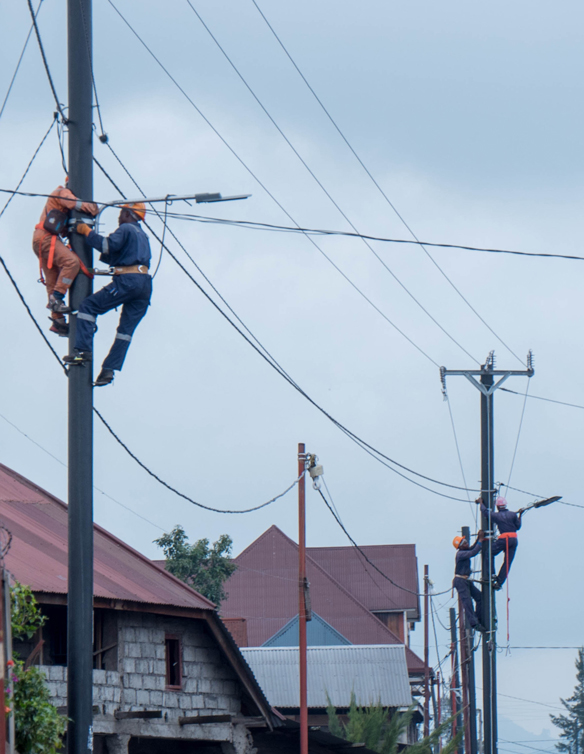

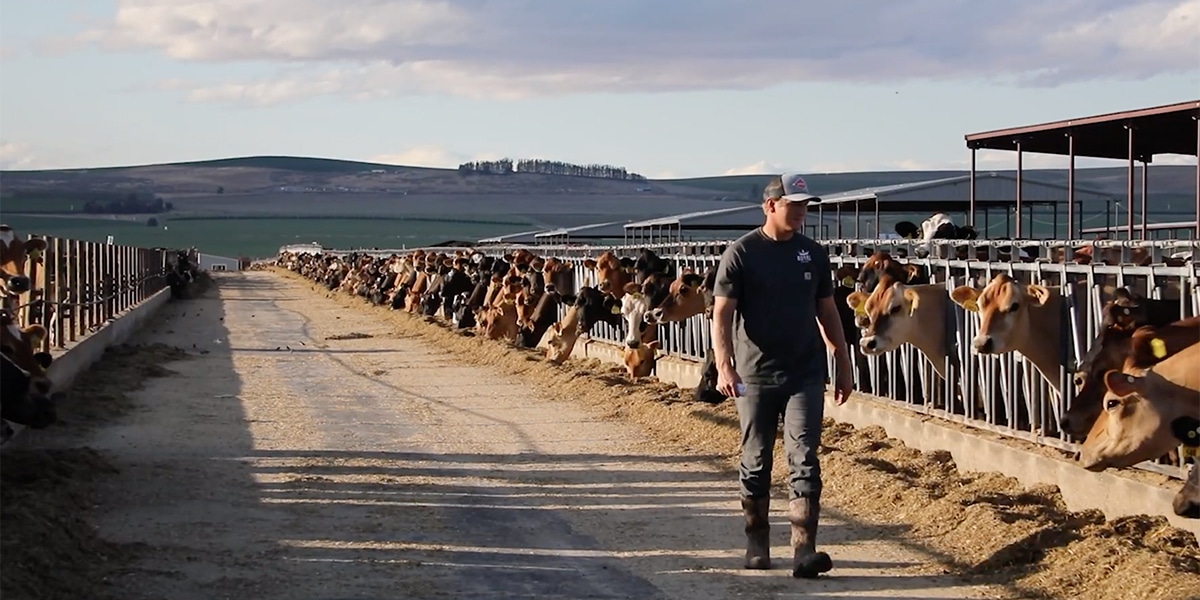




 Health & Safety:
Health & Safety: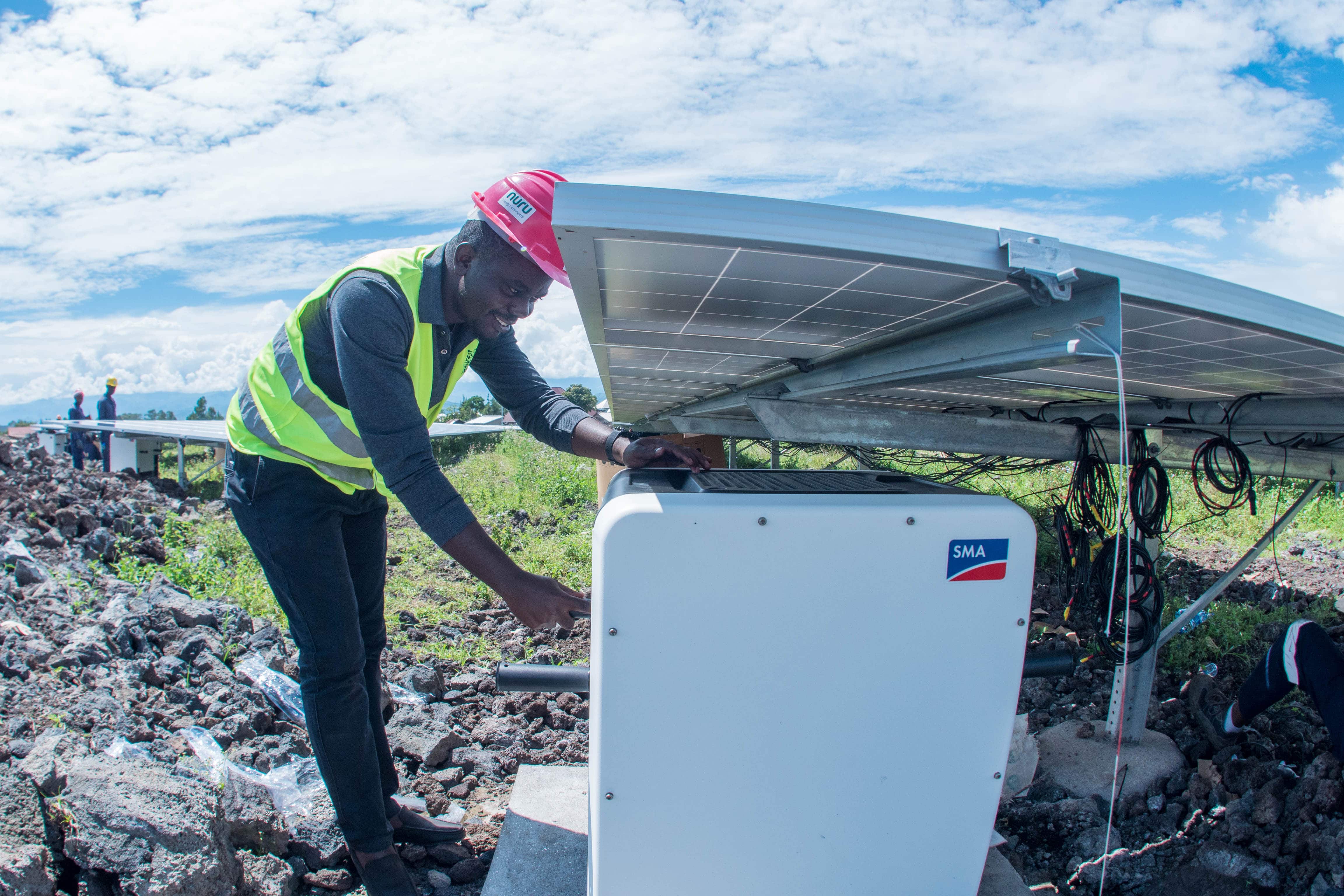
Recent Comments